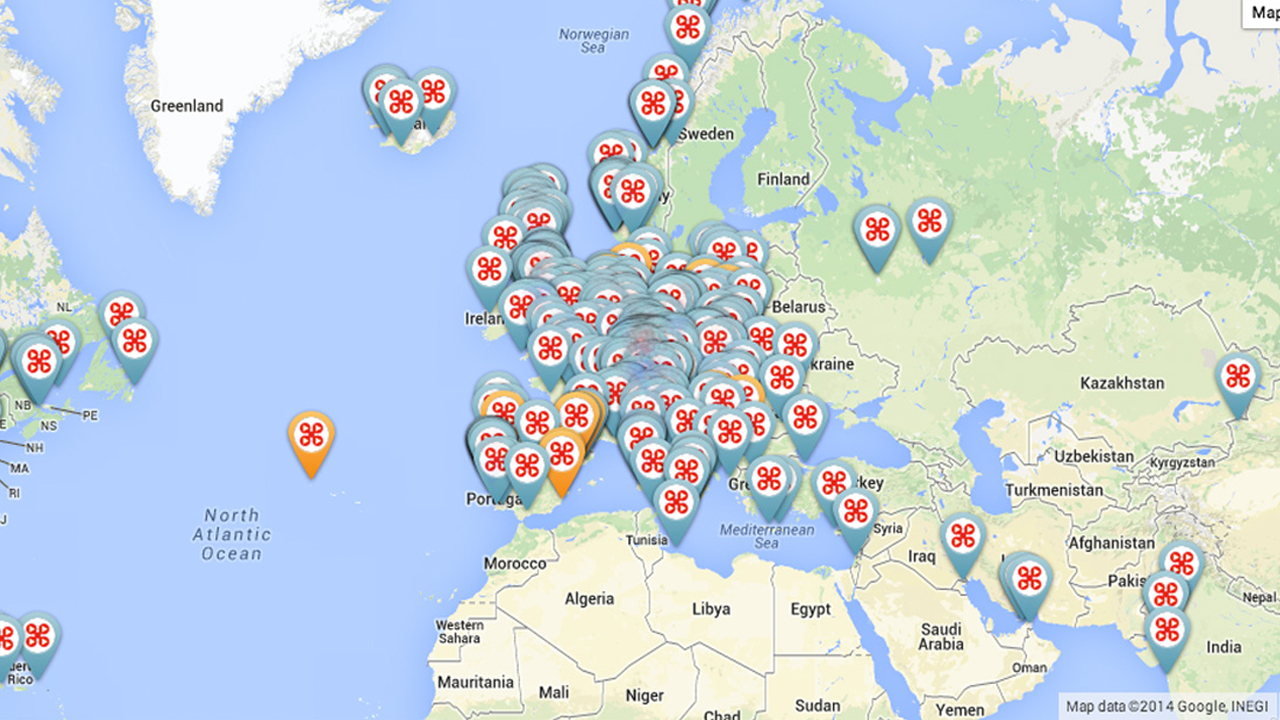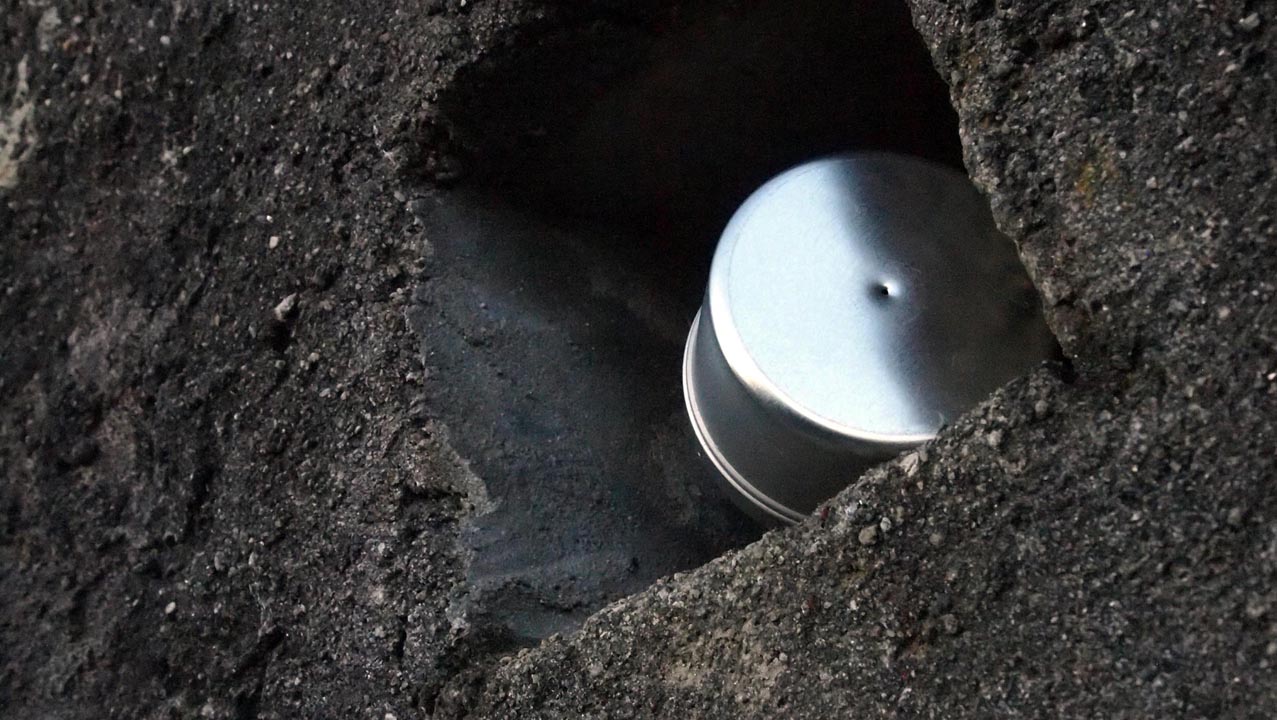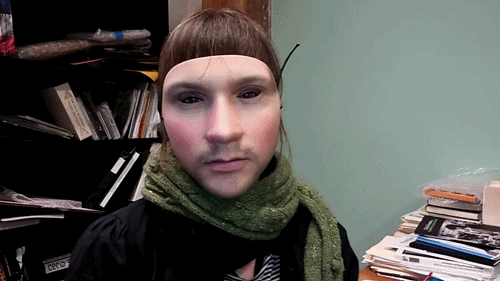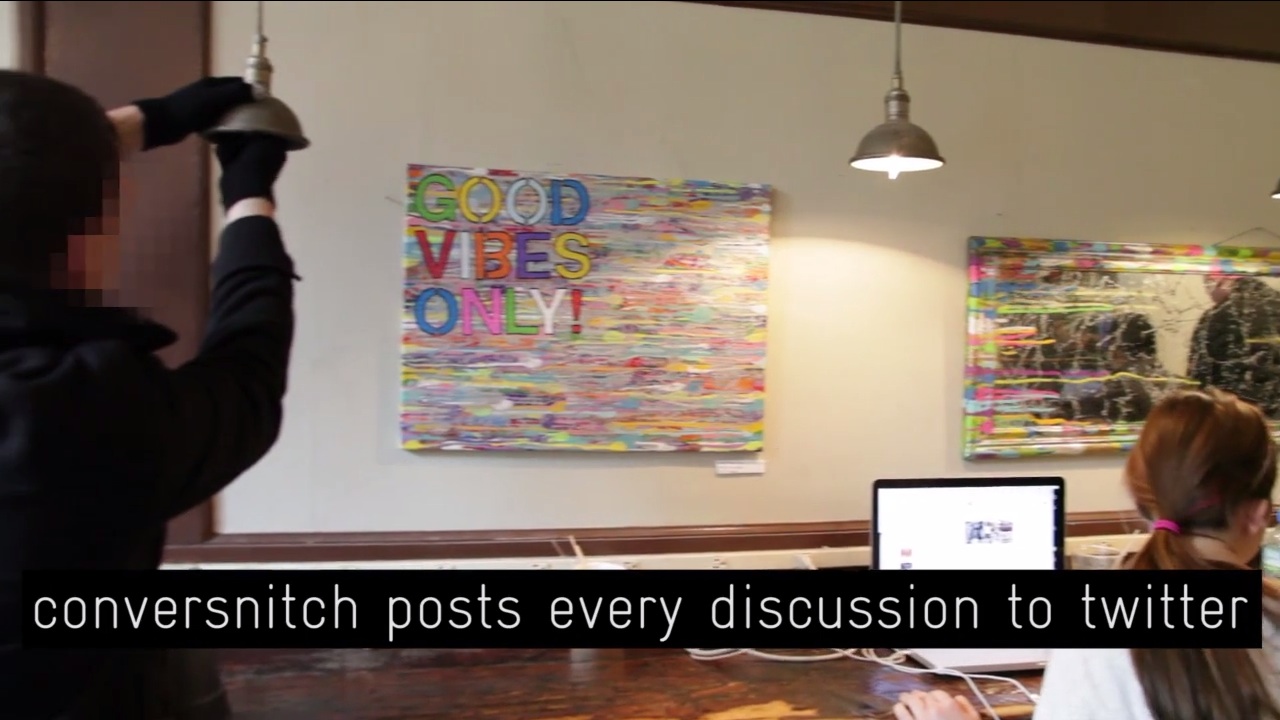Tag: Surveillance
The government is continuing their efforts to infiltrate every last corner of linguistics to spy on us more effectively. The Secret Service has software that can detect sarcasm, but now, the FBI has created what is possibly largest dictionary of internet language outside of UrbanDictionary. The list consists of 2800 abbreviations and acronyms that are […]
The crowd-sourced site Travel By Drone allows anyone to upload their aerial drone footage into an online database which will function much like Google Street View. On this site, everyone can share YouTube videos and add the corresponding location. It will appear on the map with a pin where the video footage has been recorded. After […]
“In the digital realm, we are naked all the time,” flashes the text in the promotional video for x.pose, a project by Xuedi Chen and Pedro Oliveira. The sculpture is composed of several layers, one of which is a reactive display that, using bluetooth, alternates between transparent and opaque depending on the amount of personal data […]
In the best news since the last cool thing the government did, the Secret Service has acquired software that can supposedly detect “false positives” on the internet, including sarcasm. The software can also do all kinds of great stuff like “sentiment analysis” and “influencer identification” and is compatible with already vulnerable web browser Internet Explorer […]
Over the weekend, the New York Times published an in depth feature by Natasha Singer on facial recognition. There were quite a few shocking facts. The first documented instance of law enforcement identifying people with facial recognition without their consent was at the Tampa, Florida Super Bowl in 2001 — eight months before 9/11. A competitor […]
Artist Jonathan Keats is distributing long-exposure pinhole cameras, to be installed throughout Berlin and developed 100 years from now. On May 16th, Keats, along with Team Titanic, will let the public place a camera in a hidden location anywhere in the city for 10 euro (about $14). The camera will make objects which are exposed for shorter […]
The NYPD disbanded its Demographics Unit — responsible for sending plainclothes agents to spy on Muslim communities — last month, but the spying hasn’t stopped. As the New York Times reports, the department’s Citywide Debriefing Team began asking local Muslims arrested for low-level crimes to inform police of the goings-on at mosques, cafes, and restaurants in exchange for […]
Artist Leo Selvaggio is attempting a crowd sourced anti-surveillance solution and using himself as a martyr for the cause. URME (pronounced phonetically) will allow its users to “become” Selvaggio to facial recognition software. His technique is simple: paper or 3D-printed (if you’re fancy) prosthetic masks of his face will trick cameras into recognizing him instead of you. […]
In a McDonald’s, in a bank, in library, in Washington Square Park, the lamps are listening to you. Artists Kyle McDonald and Brian House installed microphones equipped with Wi-Fi into lighting fixtures in all of the above locations, and are tweeting the conversations they overhear as part of their surveillance-art project Conversnitch. The snippets of […]
To its detractors, Google Glass is a symbol of bourgeois insensitivity, of white-guy dorkiness, but above all, of disregard for privacy. Anyone wearing camera-equipped specs could be recording you without your knowledge at any time, after all. With a Glass app called Watch Your Privacy, however, you can not only violate the privacy of everyone […]













